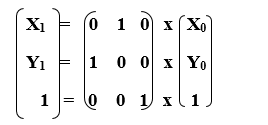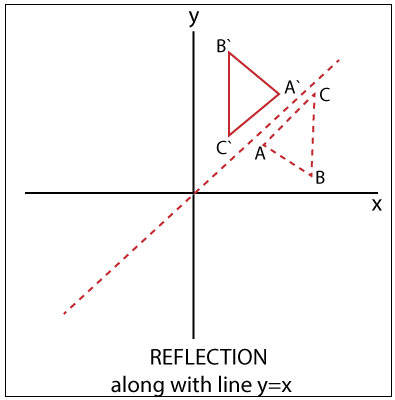2D Reflection
The Reflection is a mirror image of the original object. In the Reflection process, the size of the object does not change.
We can represent Reflection by using four ways-
- Reflection along X-axis: In this kind of Reflection, the value of X is positive, and the value of Y is negative.
We can represent the Reflection along x-axis by following equation-
X1 = X0
Y1 = -Y0
We can also represent Reflection in the form of matrix-

Homogeneous Coordinate Representation: We can also represent the Reflection along x-axis in the form of 3 x 3 matrix-
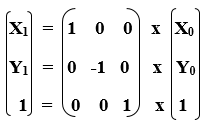
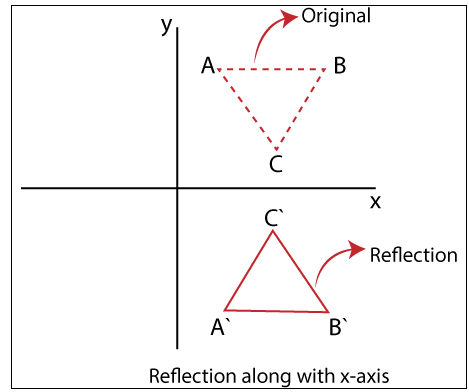
- Reflection along Y-axis: In this kind of Reflection, the value of X is negative, and the value of Y is positive.
We can represent the Reflection along y-axis by following equation-
X1 = -X0
Y1 = Y0
We can also represent Reflection in the form of matrix-

Homogeneous Coordinate Representation: We can also represent the Reflection along x-axis in the form of 3 x 3 matrix-
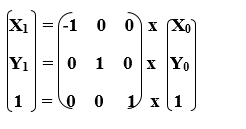
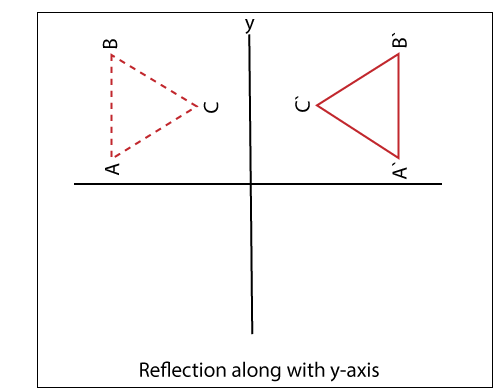
- Reflection perpendicular to XY plane: In this kind of Reflection, the value of both X and Y is negative.
We can represent the Reflection along y-axis by following equation-
X1 = -X0
Y1 = -Y0
We can also represent Reflection in the form of matrix-

Homogeneous Coordinate Representation: We can also represent the Reflection along with x-axis in the form of 3 x 3 matrix-
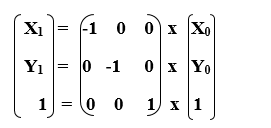
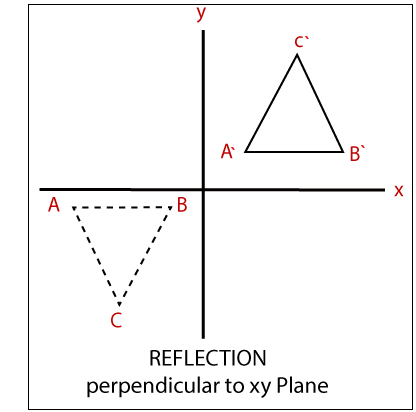
- Reflection along with the line: In this kind of Reflection, the value of X is equal to the value of Y.
We can represent the Reflection along y-axis by following equation-
Y=X, then the points are (Y, X)
Y= -X, then the points are (-Y, -X)
We can also represent Reflection in the form of matrix-

Homogeneous Coordinate Representation: We can also represent the Reflection along with x-axis in the form of 3 x 3 matrix-
